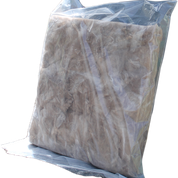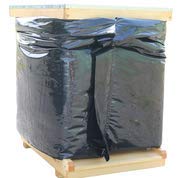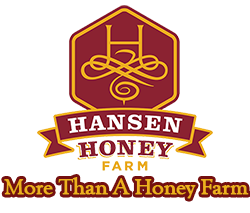
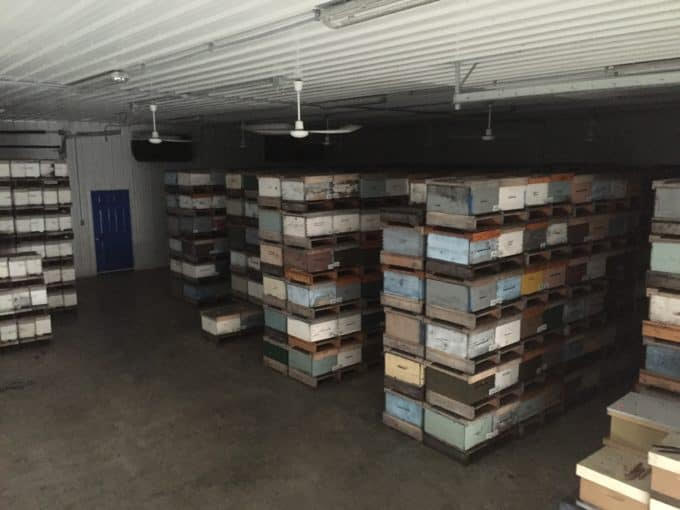
Wintering Shed Reservations
$35.00
Now Reserving spots for the 2025 / 2026 Winter Season
We will be offering climate controlled indoor honeybee storage. We are not guaranteeing survival, only a climate controlled environment. The building is ventilated, temperature controlled and has generator back up in case of power outages.
We will start putting the colonies in the building mid to late November (weather depending). Colonies will be removed from the building around Mid March.
Cost: $35.00 per hive (optional additional costs may apply)
Requirements and Important Info:
- It is recommended that colonies be mite treated in August or early September and well fed. Fall feeding should start as soon as honey is harvested and should/can include 2:1 sugar water or syrup, pollen patties, and feed supplements. A double deep colony should weigh approximately 130 lbs. prior to delivery.
- Colonies can only be one deep, or two deep boxes.
- Drop offs will be accepted from September 15th – November 14th 2025. Please email (sales@hansenhoneyfarm.com) or call ahead (715-369-0383) to schedule your drop off. Drop offs will be scheduled for early morning (8:30-10:00am), and late morning once the weather cools. We schedule drop offs Mon-Sat.
- Colonies will need to be on 2-way or 4-way pallets with migratory covers. This allows us to stack and move colonies with forklifts. If you do not own these items, you can bring your hives as is, and we will swap for our covers and pallets. You will need to bring your covers and bottoms at pickup in the spring.
- When transporting your hives, it is recommended to ratchet strap them together, place mesh screen over the entrances, and transport in the bed of a pickup truck, in the back of a vehicle, or on a trailer. (If you close your bees in the trunk or bed of your truck for long drives without airflow, they may be in danger of suffocation). The best way to ensure all of your bees are in your hive is to put mesh screen over the entrance or load up your hive in the evening near dark, and then transport them in the morning before they leave the hive to forage. Please do not screw lids shut, or fasten boxes together.
- We offer optional fall feeding and mite treatments. These may be good options for you if you decide to drop off early in the fall. You will be charged for what the bees consume at time of pickup in the spring
- When bees are removed in the spring, they will immediately be fed with syrup and pollen patties. You will be charged at the time of pickup for any food they consume, and any additional late pickup fees.
- We will contact you via email and/or text message when the colonies are ready for pickup in the spring, and we will let you know whether they survived or not. Removal time will be weather dependent. You can email (sales@hansenhoneyfarm.com) or call (715-369-0383) to schedule your pickup once they are ready. Colony pickups will be scheduled for early morning (8:30-10:00am). Colonies that are not picked up within 3 weeks of being removed from the shed will be charged a $3/day storage fee until they are picked up. If your bees die, you will still be charged storage fees if you do not pick up your hives.
- If you do not schedule drop off/pick up ahead of time via email or phone, there is no guarantee that we will be available to load/unload your bees when you arrive
Reasons for using a wintering shed:
- The bees in sheds are not flying, foraging, or rearing brood (activities that require a lot of energy), so they can conserve energy and build up body fat.
- Wintering sheds stay cold and dark, so colonies are broodless. Some beekeepers consider this broodless period to be a mite treatment, because Varroa mites are not able to reproduce without brood. This means that mite numbers will not increase, and mites in the colony may die or get too old to successfully reproduce.
- Since the colony goes through a “winter,” and is dormant, the queen does not lay for a period of time, this gives the queen a break from laying eggs. Some beekeepers said that this break increases queen longevity.
- When the colonies are removed and put on the ground, they experience a dramatic change in temperature. The queen starts laying again very quickly, which some beekeepers said leads to a population boom. If the colonies spend the winter outside, the temperature is variable, and increases slowly in February and March, causing the bees to ramp up their brood production through a slow process. Some beekeepers said their shed bees look healthier and bigger.
Offered Services for 2025 / 2026:
Spring Syrup and Pollen Patty feeding (costs charged at pickup)
(Optional) Fall Syrup and Pollen Patty feeding (costs charged at pickup)
(Optional) Fall Oxalic Acid Vapor Mite Treatment
Photo courtesy of Steppler Farms
508 in stock
| Quantity | Price |
|---|---|
| 0 - 16 | $35.00 |
| 17 - 200 | $30.00 |
| 201 - 399 | $25.00 |
| 400 + | $20.00 |

